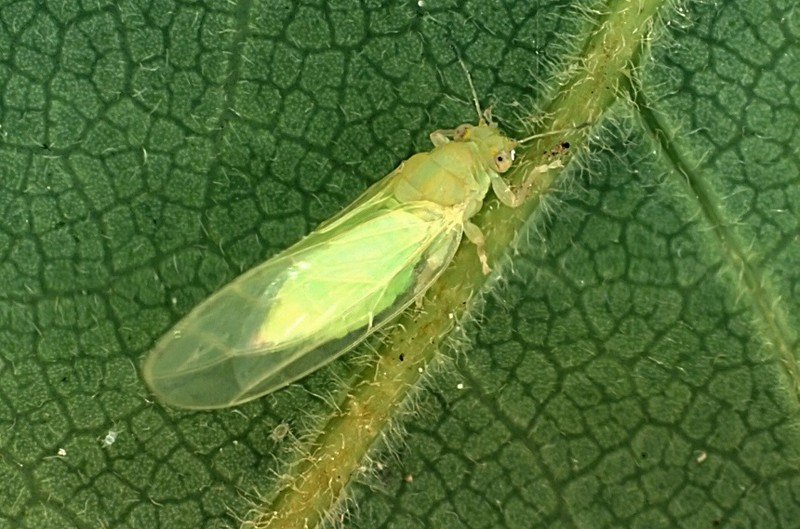#Paratrioza #potatocrop #insecticide #Olzo300SC #Pyriproxyfen100EC #integratedpestmanagement #phytotoxicity
Paratrioza, also known as the tomato potato psyllid, is a significant pest that infests potato crops. This article will discuss the latest data on effective control strategies for Paratrioza infestations in potato crops, including the use of insecticides Olzo 300 SC and Pyriproxyfen 100 EC, and their impact on nymphs and adult populations.
According to recent studies conducted in two different localities, the insecticide Olzo 300 SC at a dosage of 0.3 L/Ha has shown the best control for Paratrioza infestations. The study found an 86% reduction in nymphs and a 95% reduction in adults in the first locality and an 84% reduction in nymphs and a 95% reduction in adults in the second locality, 15 days after the first application.
For the control of nymphs specifically, Pyriproxyfen 100 EC at a dosage of 0.5 L/ha has been identified as an excellent alternative for the control of Paratrioza at this specific stage. It can also be used as part of an integrated pest management approach.
Furthermore, the study found that the best control was achieved 15 days after the first application. Additionally, none of the evaluated treatments showed any phytotoxicity in the potato crop.
Effective control strategies for Paratrioza infestations in potato crops include the use of Olzo 300 SC and Pyriproxyfen 100 EC, with the best control observed 15 days after the first application. These strategies can be used in combination with other integrated pest management approaches to minimize the impact of Paratrioza on potato crops.

